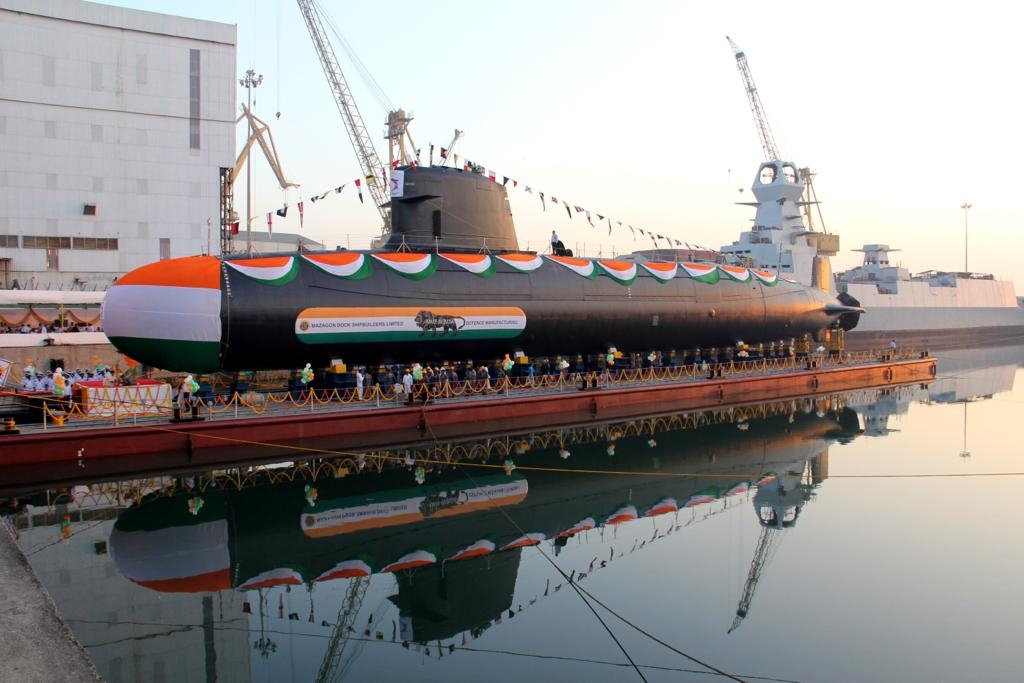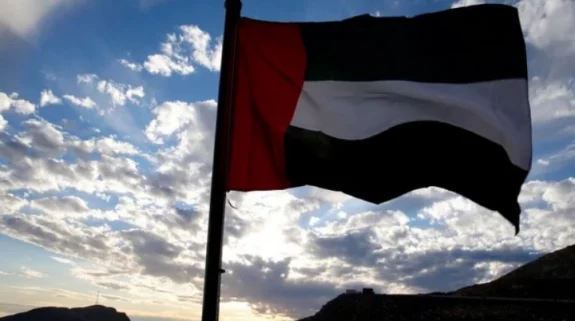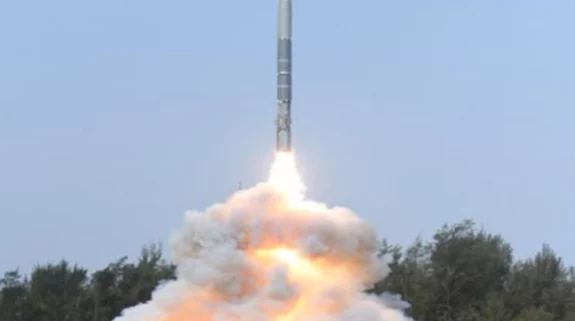The commissioning of INS Karanj, India’s third Kalvari class submarine, is part of a massive naval overhaul aimed at making the Indian Navy a blue water force that can deter China’s aggressive forays in the Indian Ocean.
All three boats are part of a New Delhi-Paris collaboration and are based on the Scorpene submarine design. INS Kalvari and INS Khanderi, of the same class have already been commissioned into the Navy. A fourth of the Kalvari class, INS Vela, has been undergoing sea trial.
The induction of the Karanj is part of the huge turnaround in the Indian navy which has acquired high urgency after the recent standoff with China in eastern Ladakh.
Analysts point out that demonstration of naval muscle by India, in conjunction with that of three other countries—US, Japan and Australia—forming the Indo-Pacific Quad deterred China from upping the ante in Ladakh. While the US built pressure in the South China Sea, India accelerated its naval deployments, especially along its eastern seaboard.
Hindustan Times is reporting that Chinese interlocutors during WMCC (working mechanism for consultation and coordination) meetings on disengagement in East Ladakh complained about Indian Navy warships being aggressive against the PLA Navy in the Indian Ocean. Thanks to Indian Navy full deployment in Indian Ocean and real time intelligence from the QUAD allies and France, the People’s Liberation Army Navy’s (PLAN) warships are only deployed around the Gulf of Aden as of now with no presence anywhere else in Indian Ocean.
The Quad has been focusing on building military muscle around two key passages—the 10 degree and the 6-degree channels in the Andaman and Nicobar Islands. Both these channels form maritime corridors used for the flow of commercial shipping, including the ones used by China, into the Malacca straits, the gateway to the South China Sea in the Pacific Ocean.
The commission of the Karanj and a burst of new warships whose construction is on the horizon are part of a joint effort with other navies to deter Chinese aggressiveness in the Indo-Pacific region.
According to the HT report New Delhi plans to build six nuclear-powered attack submarines or SSNs. The project which had become dormant has been revived. It was discussed at the Combined Commanders’ Conference in Kevadia, Gujarat.
The second aircraft carrier, INS Vikrant, will be commissioned later this year.
India currently has only one Akula class SSN on lease from Russia; one more is expected to come on lease before 2025.
India will commission its second aircraft carrier INS Vikrant and second nuclear powered ballistic missile submarine (SSBN) INS Arighat this year. While INS Vikramaditya, the other carrier, will be home-based on the western seaboard of India, INS Vikrant will be on the eastern seaboard. Each will have one SSBN and SSN as part of its strike force.
Although the Indian Navy wants a third aircraft carrier with more tonnage than the two existing ones, the strategic planners of the Modi government are still to be convinced of the idea given the massive expenditure involved. The Vikramaditya’s tonnage is 45,000 and the Vikrant’s 37,500. There’s long been talk of a third carrier, INS Vishal, with a tonnage of 65,000, but this could set India back by at least $15 billion.
The report added that two leased Predator drones by the Navy, which provide maritime domain awareness from Gulf of Aden to Sunda Straits. Once the Indian military is trained to handle the Predator drones, currently based in the Arakkonam base in Tamil Nadu, the plan is to buy 10-armed Predator drones for each of the three services.
The heavy revamp of the navy also includes the extending the endurance of the Kalvari class submarines. They will be retrofitted with Air Independent Propulsion (AIP) system by expanding the hull area. This ensures that diesel attack submarines can remain under surface for a longer period and become more silent than a nuclear-powered submarine. On March 8, the Defence Research Development Organization (DRDO) successfully carried out the final test of the land-based prototype of the home-grown AIP system.
The navy’s stepped up blue water quest docks with the decision to raise the political level of Quad meetings to the summit level. Going beyond security, the first summit of the Quad will take place on Friday, which is expected to flag broad themes to help turn the grouping into a potent force in the Indo-Pacific.




















